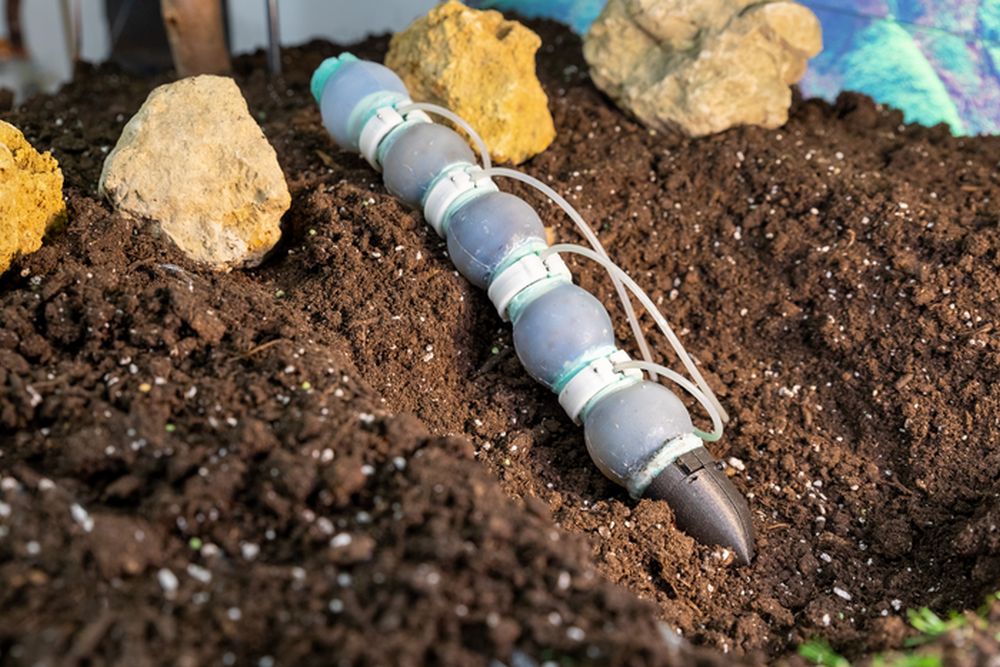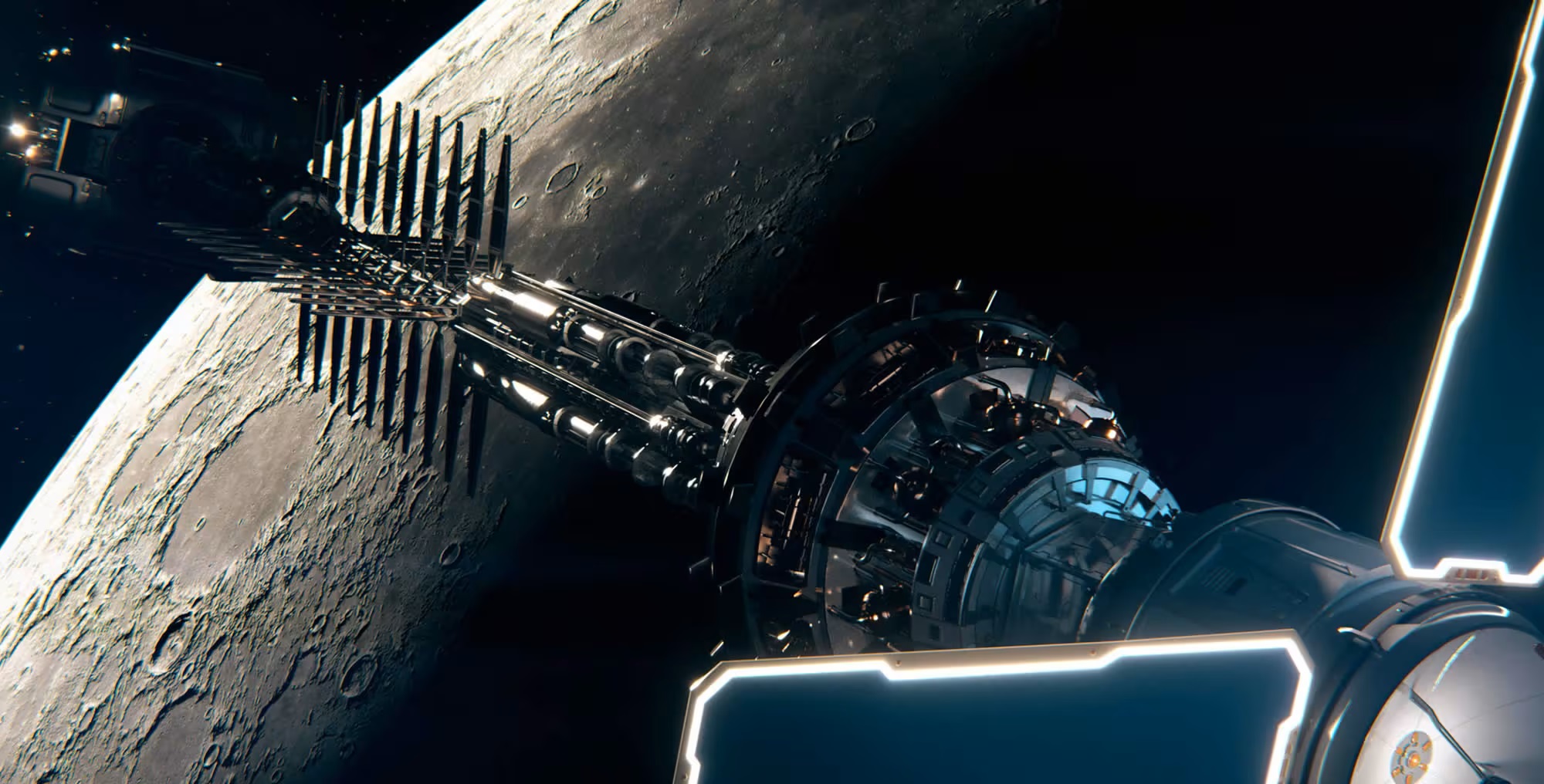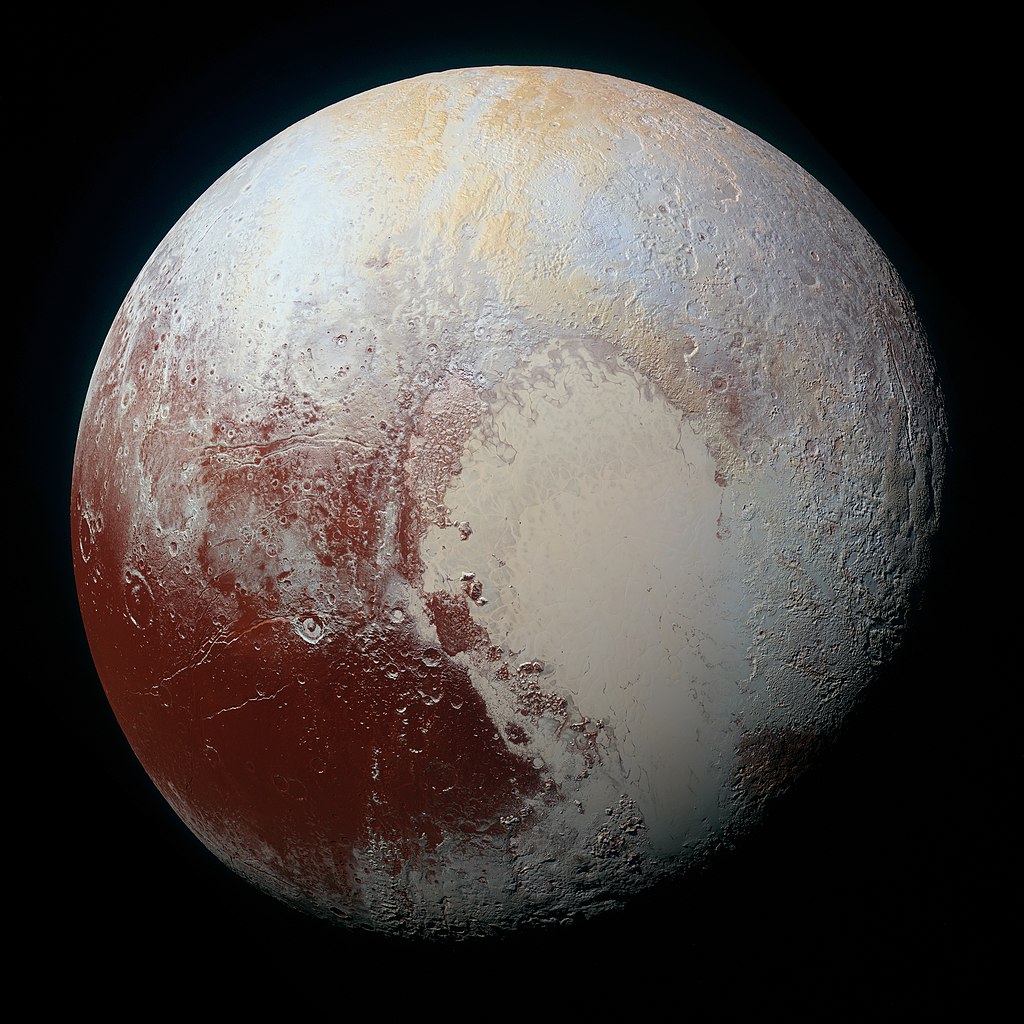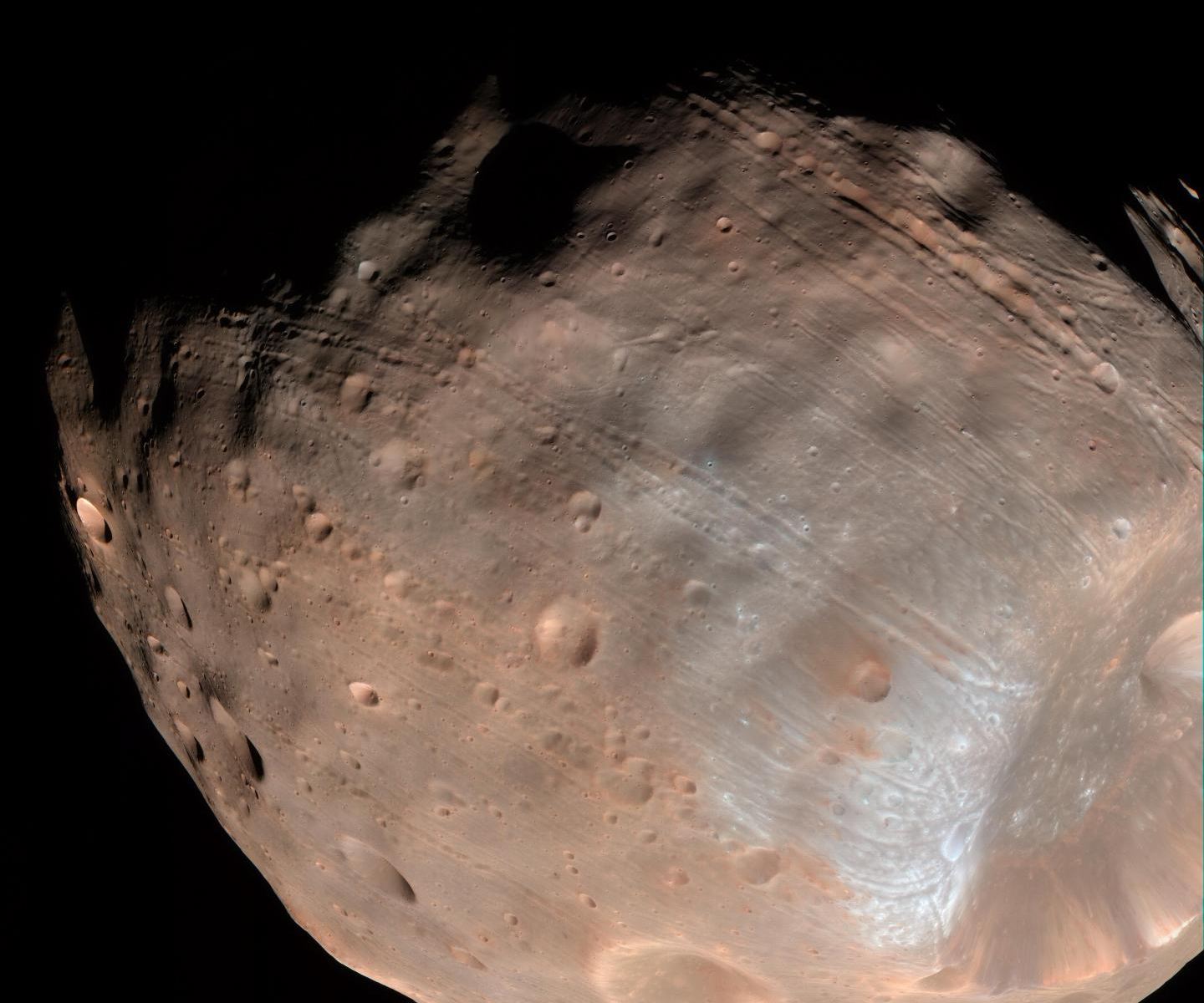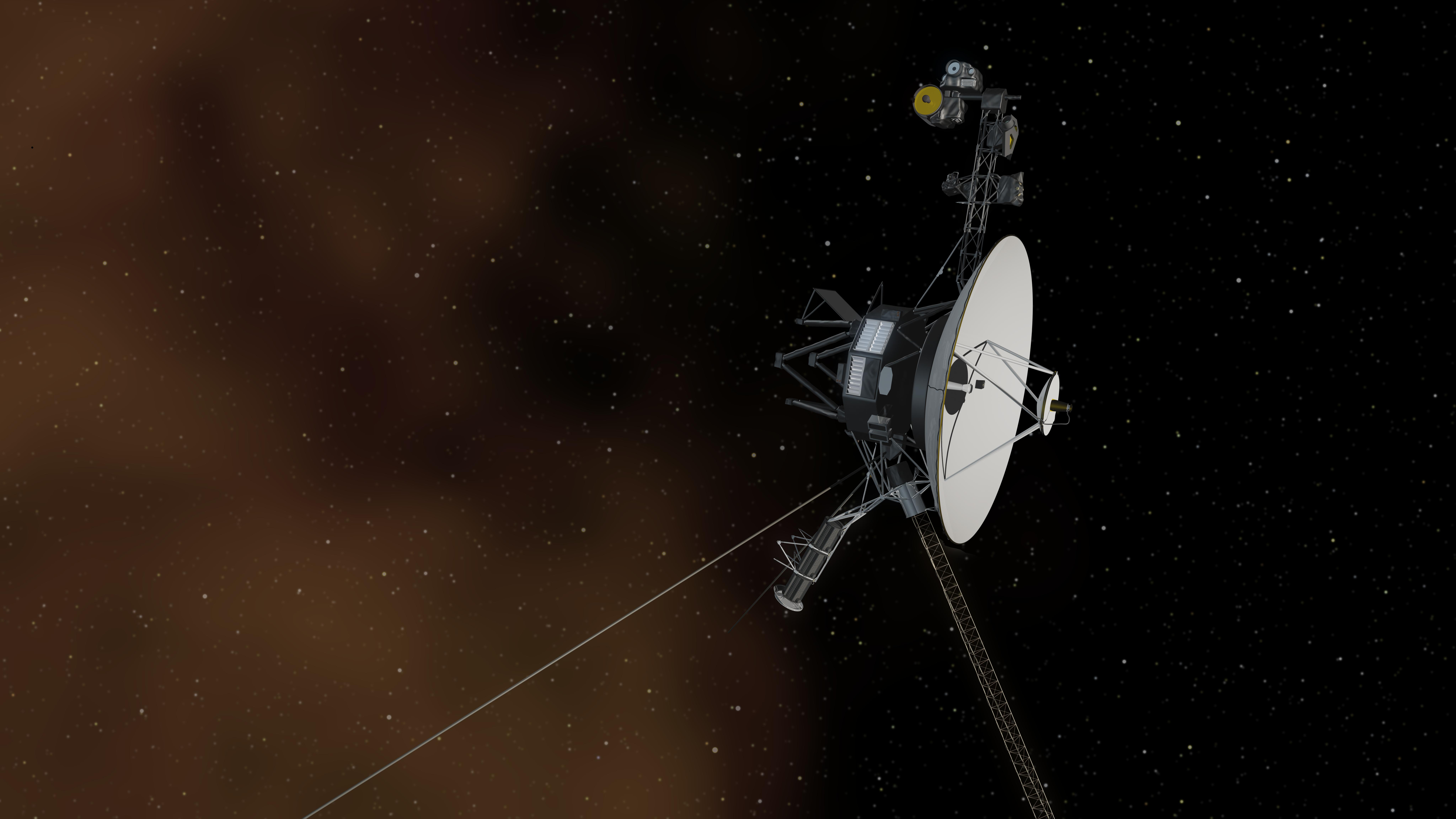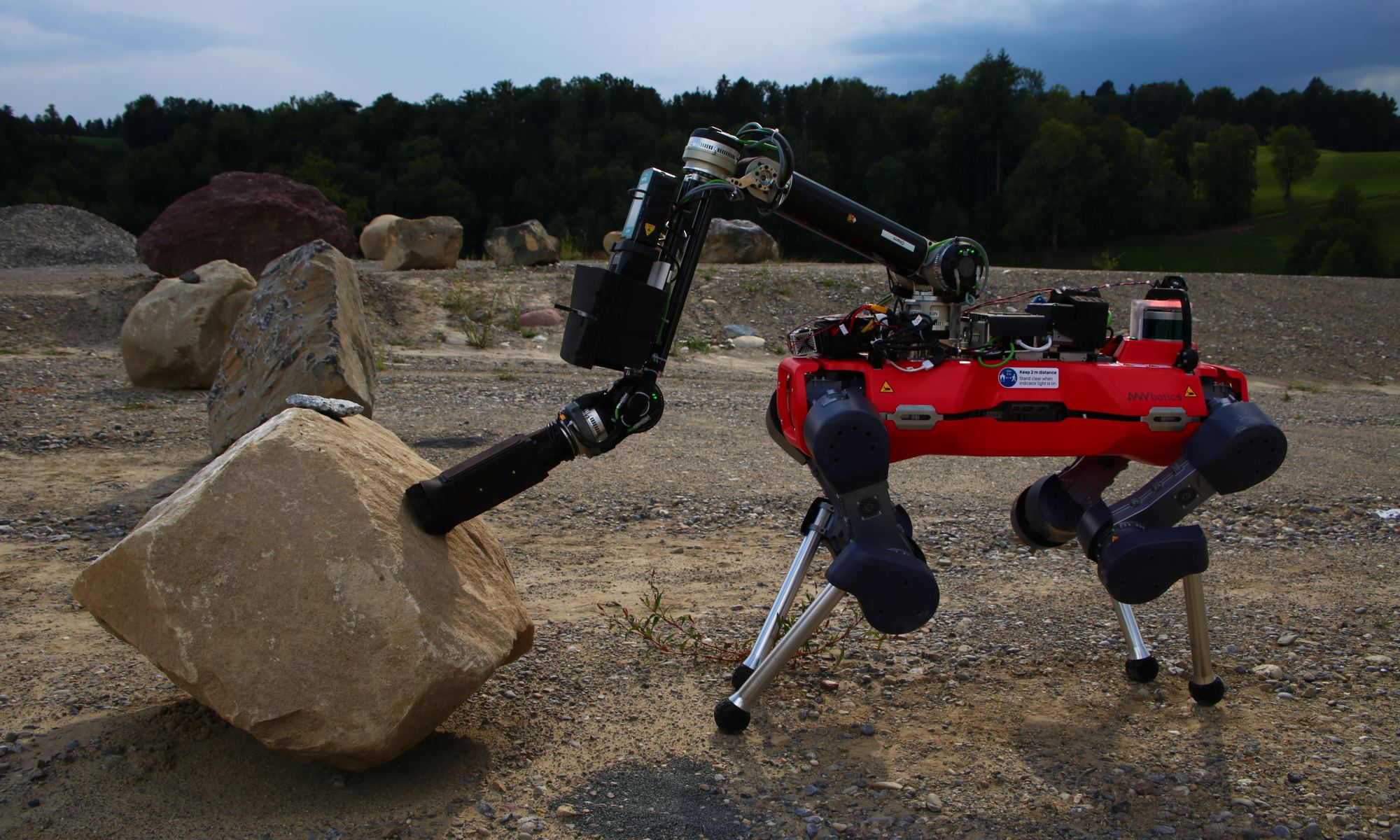For space agencies and the commercial space industry, the priorities of the next two decades are clear. First, astronauts will be sent to the Moon for the first time since the Apollo Era, followed by the creation of permanent infrastructure that will allow them to say there for extended periods. Then, the first crewed missions will be sent to Mars, with follow-up missions every 26 months, culminating in the creation of surface habitats (and maybe a permanent base). To meet these objectives, space agencies are investigating next-generation propulsion, power, and life support systems.
This includes solar-electric propulsion (SEP), where solar energy is used to power extremely fuel-efficient Hall-Effect thrusters. Similarly, they are looking into nuclear thermal propulsion (NTP) and compact nuclear reactors, allowing for shorter transit times and providing a steady power supply for Lunar and Martian habitats. Beyond NASA, the UK Space Agency (UKSA) has partnered with Rolls-Royce to develop nuclear systems for space exploration. In a recent tweet, the international auto and aerospace giant provided a teaser of what their “micro-reactor” will look like.
Continue reading “Rolls-Royce Reveals a Nuclear Reactor That Could Provide Power on the Moon”

